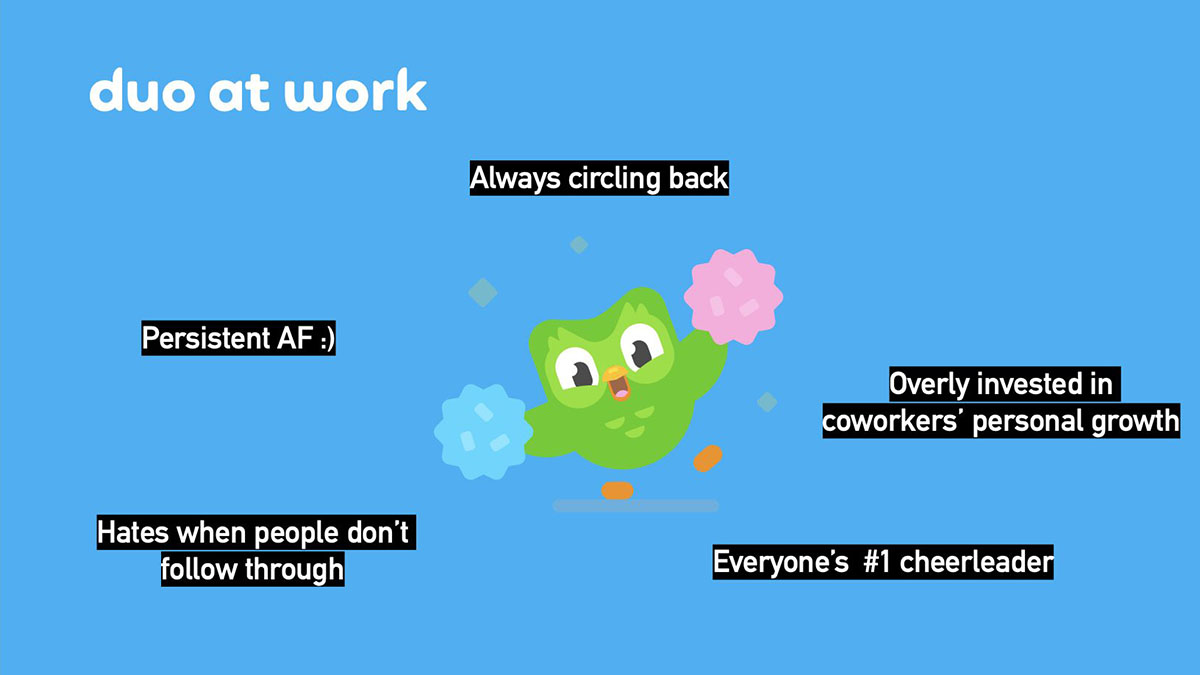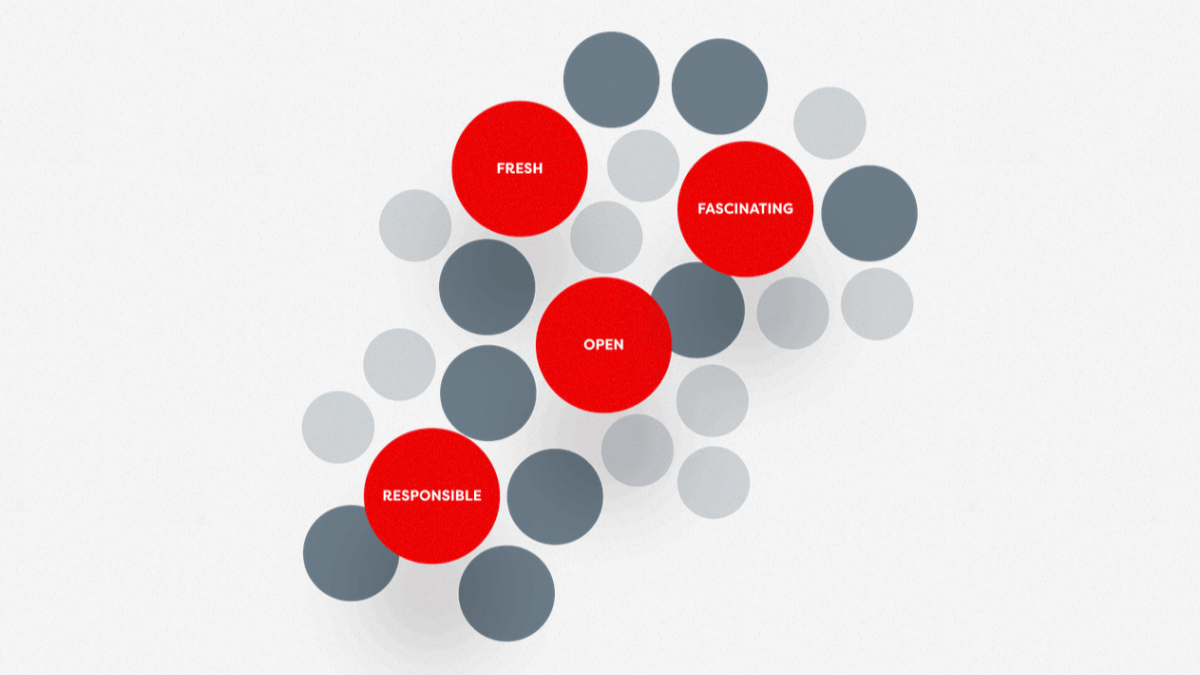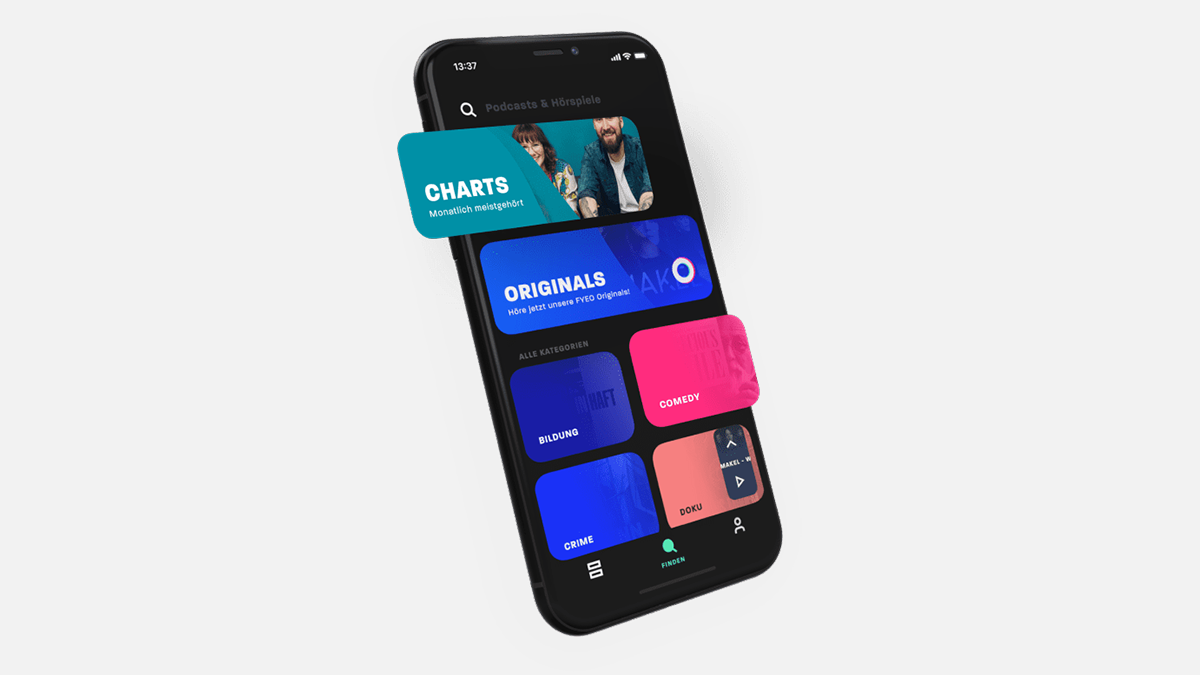What Makes UX Inseparable from Brand Identity




Let’s start with a loaded question: what is the role of brands in today’s digital world? With billions of products and offerings flashing at you from every screen around you, how do you stand out? How do you make people pay attention to your product?
A brand isn’t merely a set of colors or a specific design, it’s what’s happening in that interaction between you, the end user, and the product. How does it make you feel? Does it draw you in or push you away? What specifically prompts a reaction at all? And how does UX design come into this equation?
There’s a lot of questions here – let’s start answering them!
Oftentimes, when we think about brands, we tend to think about the latest trends. What do people currently like? What’s popular at the moment? If only we can replicate what people currently like, will that make people like our brand too?
Chasing trends doesn’t always give the wanted results – it just makes you drown in an already saturated crowd. Let’s take a step back and first think about the factors that help brands stand out:
One of my favorite examples at the moment is Duolingo, a language-learning app. You’ve likely heard of it, and for good reason. If you visit Duolingo’s website, their headline is: “The free, fun, and effective way to learn a language!” That’s the promise they’re making to you as a brand.
How do they fulfill the expectations set by this promise? Duolingo has a very specific identity crafted around its titular owl character, Duo the Owl. It’s well known for its stylized depiction and aggressively threatening tone of reminding users not to miss their daily streaks, which has gained significant attention across popular culture and memes.

All these elements contribute to the three brand factors. Duolingo is credible as it does help you learn a language; it’s relevant because it fulfills your desires of learning a language and having fun (as well as the unconscious desire of what Duolingo had promised to you); and it differentiates itself with its marketing, presentation, and entertaining style of communication. They perfectly understand their identity and how to communicate it – in short, the whole product experience delivers on the promise made to you.
Of course, there’s more to succeeding as a product beyond just having a well-thought out brand – but it’s a strong foundation for building other aspects of the product, including designing the user experience.
Think of a brand as a person you enjoy spending time with. If a brand matches what the user expects emotionally, it’ll feel like time well spent. I want my bank provider to feel safe. I want my internet provider to feel efficient and fast. And I want my language learning app to be fun, educational, and entertaining at the same time. It’s kind of like that common adage – you may not remember exactly what someone had said, but you will remember how they made you feel.
When you launch a product or campaign, you’re sending a message. The clearer and more consistent that message is across channels, the stronger the brand image in users’ minds. In saturated markets, brand perception is often the key differentiator.
Consistency is the foundation that builds brand credibility. If you know who you are, what your brand stands for and what it represents, those ideas can be baked into the whole experience. You can build a holistic experience where people can say, this was time well spent, and return to interact with your product.
Integrating those ideas into the user experience is another area where you should strive to meet the users’ expectations. This is something that happens subconsciously – it’s kind of like speaking a language. If you’re using a vocabulary your audience doesn’t understand, your message will inevitably get lost.
And how to accomplish this? Allow me to introduce you to the UXi method.
UXi stands for User Experience Identity, and it’s a UX strategy where design decisions are no longer a matter of personal taste. From a UXi viewpoint, nothing you encounter on Duolingo is there just because it “felt right” – every feature is backed by clear logic and purpose, with each detail contributing to the greater whole.
“Beauty is in the eye of the beholder” is another popular saying that relates well to the design process, as designers often find it difficult to justify their decisions. Here at COBE, we wanted something more solid. That’s why we delved into neuromarketing, neuroscience, behavioral economics, and developed UXi – our own UX process. I’ll give you a short run-down of what it is, but if you’d like to know more, you can also check out my book, User Experience Identity.
The COBE UXi evaluation determines the compatibility of a brand and the UX design of a finished digital product. To establish the perfect brand design fit, we conduct qualitative research with a specific target group. This verifies the brand quality and identifies the potential for optimisation.
Let’s take a real-world example. Let’s say you have a specific expectation for a brand, such as a car brand, and you want it to feel high-quality, to really give that edge of pleasure to the driving experience. That likely means you also expect to feel that way in every interaction with the brand beyond the car itself – you expect it when using their digital products.

Imagine that brand stands for dynamic. What does this look like in practice? What do you associate with dynamic? What words, feelings? We can start with a vibrant colour scheme that you associate with dynamic, but it’s also something fast, something with a lot of energy. When you translate that to design language, it can be motion blur, something moving, rising. It can be italic fonts, because they create the impression of moving forward.

When you define all these elements, you can reuse them everywhere. This goes beyond design, as it makes many aspects of creating your product easier, allowing you to bake your values into every step of the process. It’s much easier to get complete teams on board as there’s no discussion about taste, who likes what, or what’s currently trendy – every single decision is based on brand value, which brings a lot of efficiency and speed to the UX design process.

The most valuable result of designing a product with this method in mind is the previously mentioned consistency. A great approach to building and maintaining it is by utilizing design systems – a framework that documents all visual principles, component libraries, behavioral rules, methodologies, and code used across a brand. This ensures a consistent brand and user experience across all touchpoints.
On the other hand, inconsistencies in user experience can make it difficult for users to navigate your brand due to varying experiences. This can leave them feeling confused and perceive your brand as unprofessional, reducing the trustworthiness of your product or company. But if every aspect of your product is shaped by knowledge and understanding of what your brand is, then your audience will have an easier time understanding it as well.
In today’s hyper-connected digital world, brand identity isn’t just what you say about yourself – it’s what people experience when they interact with your product. A truly successful product doesn’t separate the brand from UX, it unites the two to reflect what the brand stands for at every touchpoint. Loyalty and trust is built when design choices intuitively match the brand’s promise and users feel that alignment.
This is why UX needs to be grounded in a deep understanding of your brand identity. With methods like UXi, we make that connection intentional, translating abstract values into concrete, usable design decisions that strengthen the brand in every interaction. Every audience wishes to be understood, and that understanding is made when UX and brand speak the same language.
If this feels right for you, don’t hesitate to reach out, and stay tuned for further articles where we’ll dive deeper into how we implement UXi in our projects.
Felix is the CEO and one of the co-founders of COBE always looking for ways to make the world a little more beautiful.




